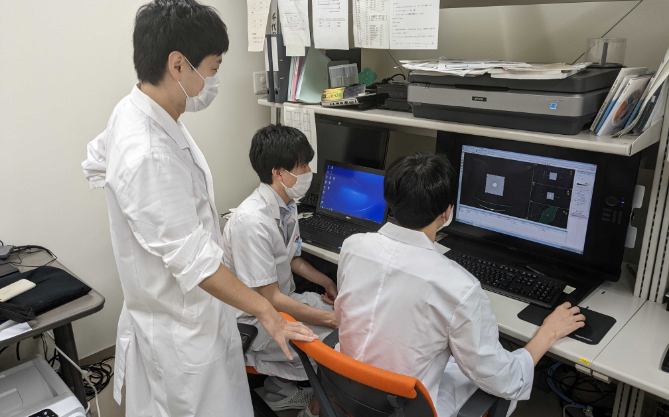Medical physicist
What is a medical physicist?
The Tohoku University Department of Radiation Oncology is at the forefront in providing the latest treatment technologies for cancer, using highest quality equipment. Tohoku University provides four treatment machines for external beam radiotherapy (Varian TrueBeam, Varian TrueBeamSTx, Elekta VersaHD, Elekta Unity). Besides, we have one treatment machine for brachytherapy (Elekta microselectronHDR) with an in-room CT scanner (Cannon). For planning, the team employs the Varian Eclipse, Elekta Monaco, Elekta Oncentra and Varian Variseed. In addition, we have Varian Velocity gird as a radiotherapy treatment planning assistant system. For research, we can use RayStation. Two- or three-dimensional diode array of detectors was used for patient specific QA for IMRT or VMAT and we have various QA tools. In such a satisfactory environment, medical physicists do three works: clinical service and consultation, research and development, and teaching. The three works are detailed below.
Clinical service and consultation
The clinical service of medical physicist includes the following 4 key activates:
(1) Optimization and evaluation for treatment plan
(2) Acceptance test and commissioning for new treatment machine and QA tool
(3) Quaintly assurance of treatment machine and treatment planning system
(4) Patient specific QA for IMRT or VMAT
For example, in terms of (1), medical physicists check the quality of all treatment plans and design the treatment plans for SBRT, IMRT and brachytherapy.


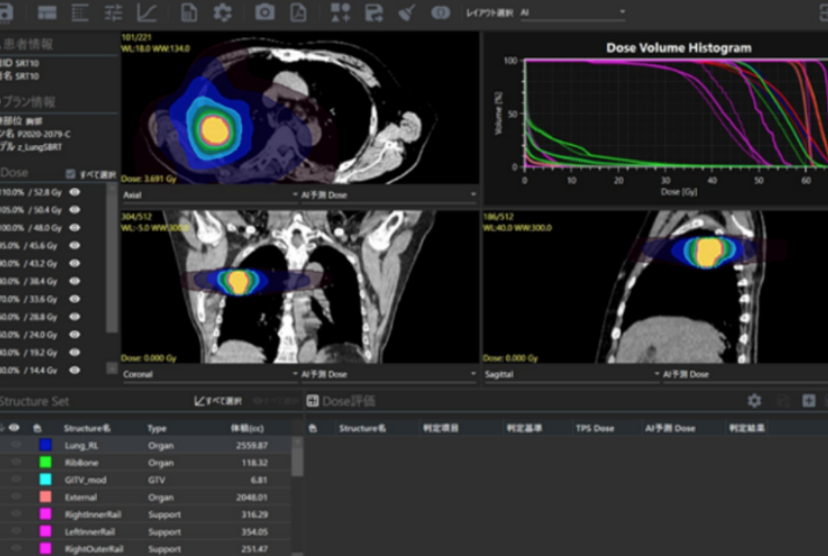
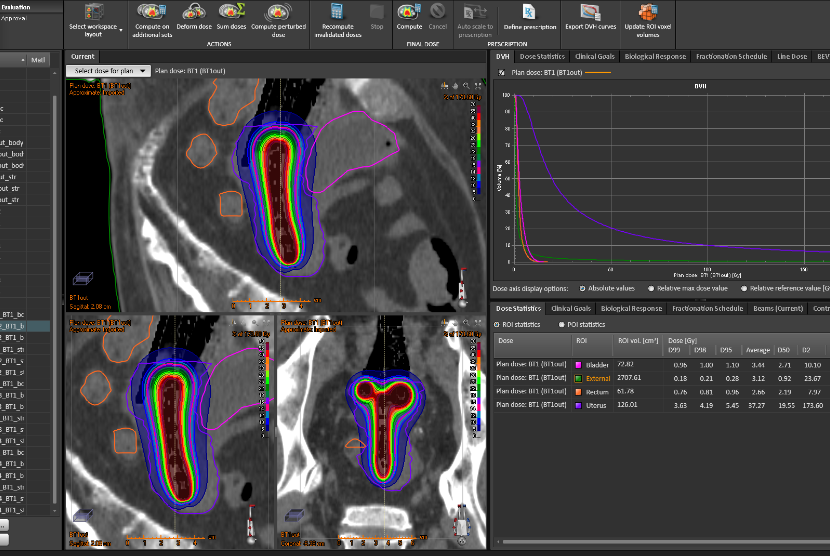
Research and development
Our medical physics group is focus on research about deformable image registration (DIR), 4D-CT ventilation, MR-Linac, AI-based radiotherapy technology. For example, Regarding DIR, we could achieve a good result, resulting in application for a patent and materialized idea. We have always been developing cutting-edge technology. Detailed information is described in Research page.
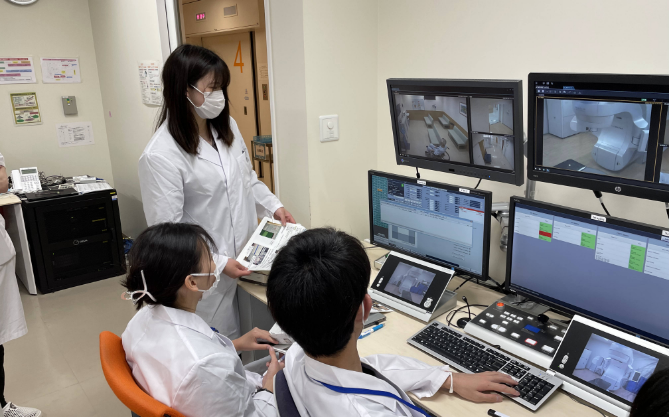
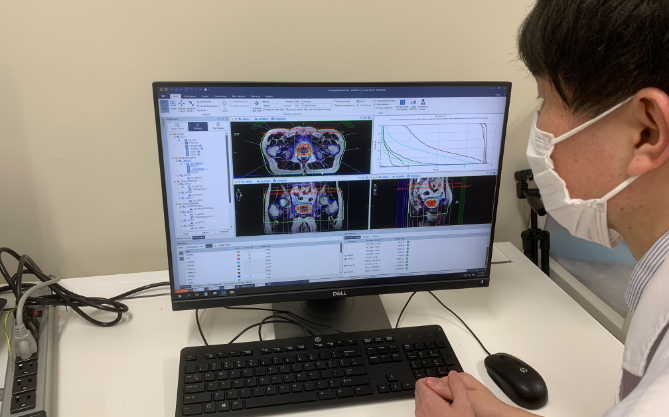
Teaching
A training program for oncology specialists was initiated by the Ministry of Education, Culture, Sports, Science and Technology of Japan in 2007, establishing a curriculum for medical physicists, and resulting in 32 universities offering medical physics courses. To standardize educational programs and clinical training for medical physicists, the Japanese Board for Medical Physicist Qualification (JBMP) began accreditation of master’s, doctoral, and residency programs for medical physics in 2012. At present (2023.4), 26 universities are accredited by the JBMP. Our university was accredited by JBMP in 2012. Our medical physics program includes both a practical training and classroom lecture for medical physicist, providing an experienced self-starter.
